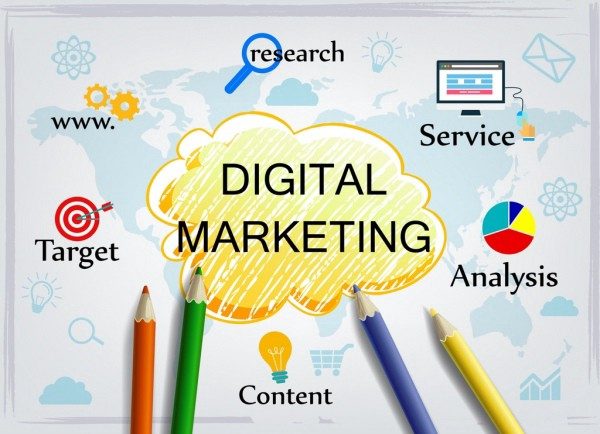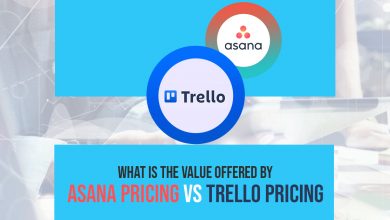The Art of Performance Marketing: Driving Results with Data-Driven Strategies

In the past, brands spent their marketing budgets on campaigns that, while flashy, didn’t guarantee a return on their investment. Typical marketing strategies involved traditional commercials and print advertisements, making it incredibly hard to analyze the results of each marketing technique.
Thankfully, today’s brands have other options, like performance marketing, through which companies only pay for an ad if it leads to a specific action from a consumer, be it clicking on a website’s link, making a purchase, signing up for an email list, or another form of conversion. Performance marketing is more cost-effective than the advertising techniques of the past, too, and businesses can increase their efficiency with data-driven strategies.
What are Data-Driven Strategies?
A data-driven marketing strategy relies on first and third-party customer data to predict the purchasing behavior of a consumer. Such a tactic offers greater assurance to marketers who seek to meet specific goals or objectives.
Instead of spinning their wheels on campaigns that may or may not deliver results, they can use past information to predict future outcomes. They can manipulate the data they gather in various ways to view the results of an existing campaign and optimize it for the future.
Performance Marketing Data-Driven Strategies
Omnichannel Marketing
Omnichannel marketing is a strategy that tracks a customer’s interactions with a brand across each of its marketing channels, such as its website, social media accounts, paid search ads, and emails. In omnichannel marketing, every customer interaction builds upon the others, like a natural, flowing conversation between friends.
To implement omnichannel marketing, a company must identify all of its marketing channels that collect data and integrate them into a single analytics system, which will categorize each new interaction with a customer and share newly collected data with other channels, ultimately leading to a more cohesive client experience.
For example, consider a customer who heads onto Amazon to search for a new pair of Nike running shoes. They click on a few options before leaving the site without making a purchase. If the customer was logged into their Amazon account, the company could email them personalized recommendations for running shoes. Amazon could also later retarget them with display ads for running shoes on the Amazon Prime Video streaming service.
Predictive Analytics Predict Customer Behavior
Through the use of predictive analytics, you can create an ideal customer profile that exemplifies your target audience. Predictive analytics relies on machine learning and statistical models to analyze customer data and predict future behavior, and it helps companies create enhanced customer profiles beyond basic demographics to understand a client’s buying psychology.
Businesses can then use these profiles to rank customers based on the likelihood of them making a purchase. To get the most out of the strategy, marketers will allocate more of their budget toward targeting the customers more likely to convert.
New Performance Marketing Opportunities
Performance marketing isn’t new. Since the late 1990s, companies have used various performance marketing tools, such as pay-per-click (PPC) ads, to reach customers. However, today’s performance marketing techniques can provide instantaneous results in a more natural manner than PPC ads can.
One method of performance marketing that’s gaining steam is connected TV (CTV) advertising, which consists of video ads, similar to traditional commercials, that appear when a customer uses a device connected to the internet to watch a TV show, movie, or consume similar media.
Marketers can use a wealth of data to deliver CTV ads to their target consumers, including their demographics, interests, and viewing habits. Companies can incorporate CTV ads into a comprehensive omnichannel marketing strategy or simply use the data they gather from running these ads to optimize their campaigns.
According to recent connected TV statistics, the price of a commercial is dropping tremendously. In 2017, the average cost for a 30-second TV commercial was over $134K, but it is now possible to create an effective and high-quality CTV commercial for less than a few thousand dollars. The drop in price for commercials means they’re more accessible to everyone, even small businesses with a tight advertising budget.
Performance Marketing Provides Optimal Results
Companies that don’t have an endless marketing budget often turn to performance marketing strategies to build their revenue, given that they’ll only pay for ads when they lead to a specific result. To optimize your performance marketing campaigns, it’s best to rely on your existing data and share it between marketing channels. In doing so, you can modify your campaigns to align with your customer’s buying habits, no matter where they are in the purchase funnel.
Read Next: Warzone 2.0 Lost Connection to Server: 6 Ways to Fix



